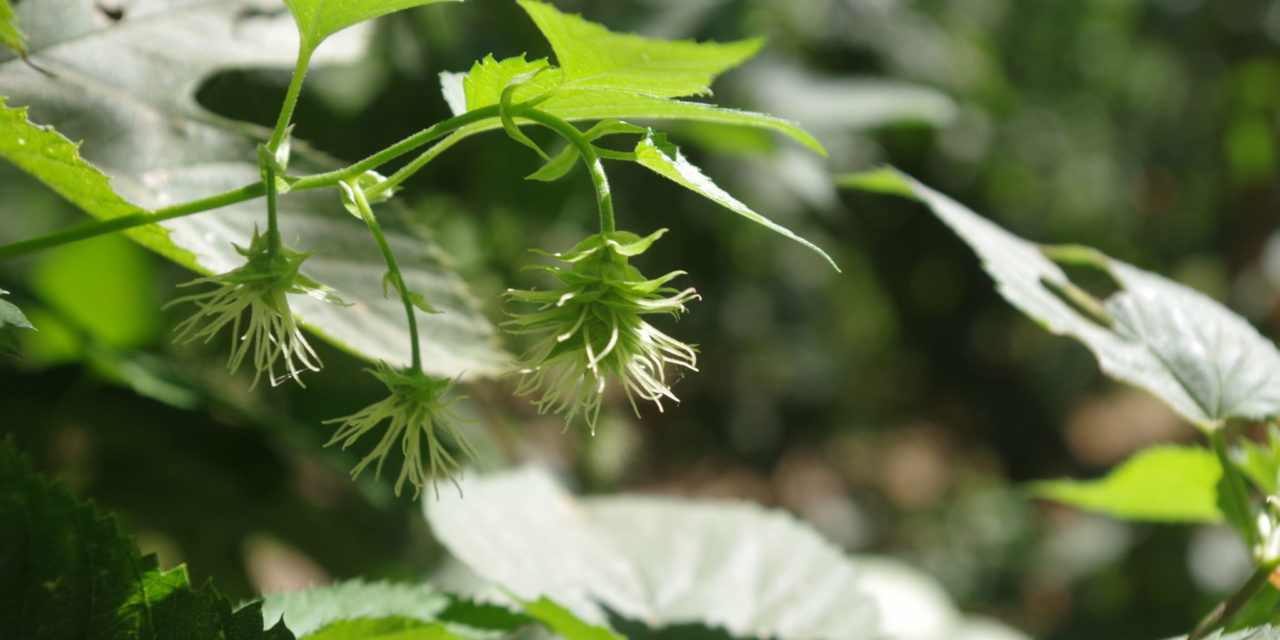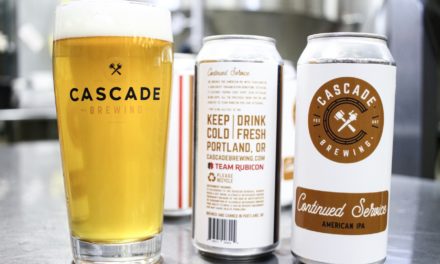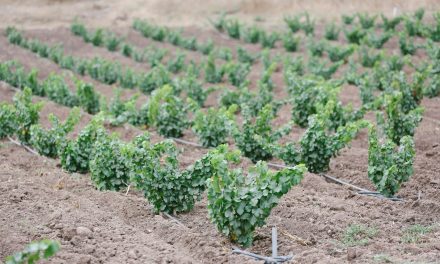Wild hops are a wind pollinated plant and, of the female hops planted commercially, the majority are grown from rhizomes or propagated from cuttings. Hops don’t have much to offer bees in terms of pollen or a nectar reward, so one might expect that bees would want nothing to do with Humulus lupulus.
However, Doug Walsh, a professor of entomology at Washington State University in Prosser, Wash., has uncovered a somewhat surprising connection. Walsh worked with a graduate student to complete a two-year survey of bee populations in and around perennial crops in eastern Washington state, including in hop yards and vineyards.
“We found a substantial diversity of endemic bees in hop yards that was dominated largely by small, ground-nesting bees in the insect family Halictidae,” says Walsh.
Since rain is scare in the Yakima Valley region of Washington, most crops are irrigated. Walsh and his team found that the drip irrigation and bare ground around the base of hop bines produced a Goldilocks nesting zone for these solitary bees. Many farmers grow other crops that do rely on pollinators in close proximity to their hop fields, which provide further incentive for the bees.
Walsh also found higher bee populations in vineyards planted with Concord grapes—which are grown for their tonnage and therefore more abundantly watered—than in vineyards planted with winegrapes, which are prized for their sugars.
“There again, it’s the same conditions thanks to drip irrigation,” he says.











